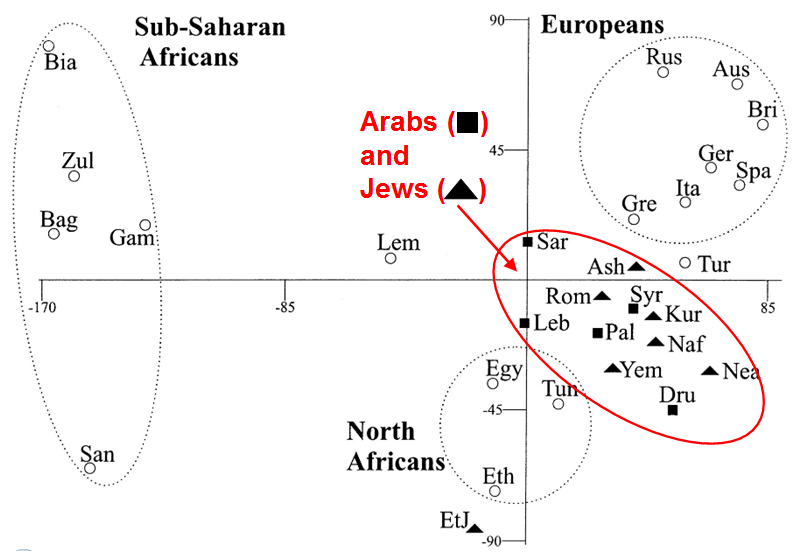She then asked the children if they would like to try an exercise to feel what it would be like to be treated the way a person of color is treated in America. She decided to base the exercise on eye color rather than skin color to show the children what segregation would be like. The children agreed to try the exercise.[3]
On that first day of the exercise, she designated the blue-eyed children as the superior group. Elliott provided brown fabric collars and asked the blue-eyed students to wrap them around the necks of their brown-eyed peers as a method to easily identify the minority group. She gave the blue-eyed children extra privileges, such as second helpings at lunch, access to the new jungle gym, and five extra minutes at recess. The blue-eyed children sat in the front of the classroom, and the brown-eyed children were sent to sit in the back rows. The blue-eyed children were encouraged to play only with other blue-eyed children and to ignore those with brown eyes. Elliott would not allow brown-eyed and blue-eyed children to drink from the same water fountain and often chastised the brown-eyed students when they did not follow the exercise's rules or made mistakes. She often exemplified the differences between the two groups by singling out students and would use negative aspects of brown-eyed children to emphasize a point.
At first, there was resistance among the students in the minority group to the idea that blue-eyed children were better than brown-eyed children. To counter this, Elliott lied to the children by stating that melanin, which is responsible for making children blue-eyed, was also linked to their higher intelligence and learning ability. Shortly thereafter, this initial resistance fell away. Those who were deemed "superior" became arrogant, bossy, and otherwise unpleasant to their "inferior" classmates. Their grades on simple tests were better, and they completed mathematical and reading tasks that had seemed outside their ability before. The "inferior" classmates also transformed – into timid and subservient children who scored poorer on tests, and even during recess isolated themselves, including those who had previously been dominant in the class. These children's academic performance suffered, even with tasks that had been simple before.[4]
The next Monday,[3] Elliott reversed the exercise, making the brown-eyed children superior. While the brown-eyed children did taunt the blue-eyed children in ways similar to what had occurred the previous day, Elliott reports it was much less intense. At 2:30 on that Wednesday, Elliott told the blue-eyed children to take off their collars. To reflect on the experience, she asked the children to write down what they had learned.

